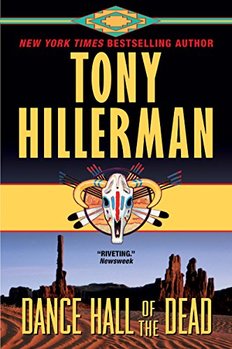
In Dance Hall of the Dead, celebrated Southwestern author Tony Hillerman will introduce you to the people of the Four Corners. There, four Native American nations sprawl across the states of New Mexico, Arizona, Utah, and Colorado. The Navajo Nation is by far the largest, encompassing a population of 360,000 in some 27,000 square miles, a little larger than the state of West Virginia and more than twice the size of Maryland. The much less populous Hopi, Ute, and Zuñi Nations occupy much smaller expanses of adjoining territory. This diverse and culturally mesmerizing region is the setting for the eighteen novels in Hillerman’s award-winning series featuring tribal detectives Joe Leaphorn and Jim Chee.
Dance Hall of the Dead is the second novel in Hillerman’s series. (In fact, the author didn’t introduce Chee until the fourth book.) The action unfolds over the first six days of December, as winter first threatens, then descends on the high plateau of the Four Corners. Lieutenant Joe Leaphorn of the Navajo Nation Police is dispatched across the border to meet with the chief of the Zuñi police.
Two teenage boys, one Navajo and the other Zuñi, have gone missing, and foul play is suspected. Leaphorn’s unhappy assignment is to track down the fourteen-year-old Navajo boy, George Bowlegs, who appears to have disappeared somewhere within the vast Navajo Nation. Bowlegs’ friend, twelve- (almost thirteen-) year-old Ernesto Cata, may have been murdered, as a copious amount of blood has been found at the site where the two were to meet.
Dance Hall of the Dead (Leaphorn and Chee #2) by Tony Hillerman (2009) 272 pages ★★★★☆
The Navajo police investigate. But several other law enforcement agencies have also become involved, including the FBI, the Bureau of Indian Affairs Law and Order Division, the local New Mexico county sheriff, the Zuñi police, and (for reasons that are not at all clear at first) the DEA. The case threatens to become a jurisdictional nightmare. When the Navajo Police investigate a crime on their land, they’re usually on their own, and unhappy if anyone interferes.
As Leaphorn doggedly pursues his investigation, he comes into close contact with a team of anthropologists who are digging for ancient Native artifacts, a small hippie commune, a Franciscan brother who runs a local school, Bowlegs’ drunken father, and the masked kachinas preparing for a major Zuñi religious festival.
As Hillerman explains, “The word ‘kachina’ had three meanings. They were the ancestor spirits of the Zuñi. Or the masks worn to impersonate these spirits. Or the small wooden dolls the Zuñis made to represent them.” The author’s attention to detail in Dance Hall of the Dead is remarkable, conveying a strong sense of the rugged Southwestern landscape and the cultural and religious character of the people.
About the author
In addition to the eighteen books in the Leaphorn and Chee series, Tony Hillerman wrote four other novels and seven nonfiction books or memoirs. His work was widely recognized by his peers, winning him numerous literary awards and gaining him the presidency of the Mystery Writers of America for a year. Hillerman died in 2008. His daughter Anne is continuing the Navajo Police series; she has published three of those books to date.
For related reading
You might also enjoy my posts:
- Top 10 mystery and thriller series
- 20 excellent standalone mysteries and thrillers
- 30 outstanding detective series from around the world
- Top 20 suspenseful detective novels
- Top 10 historical mysteries and thrillers
And you can always find my most popular reviews, and the most recent ones, on the Home Page.

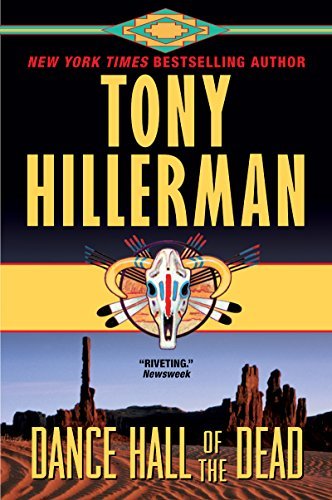
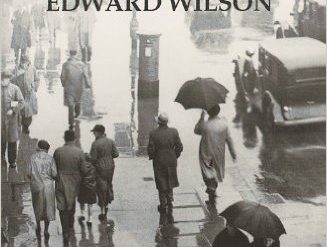
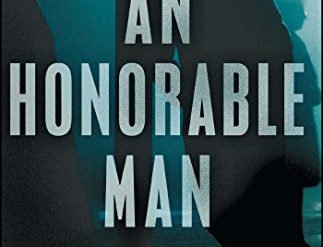
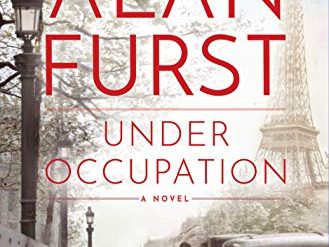






















Yes I found the Excerpts of the two Native American Kids ,that was living on the reservations(Four Corners). I am an African American Women, Born and raised in Harlem NY,Now Retired and living in the Bronx NY as a Widow With Two Sons, The Story is always in our Reservation (Community) Similar to what i read.
Thank you
TKinthebronx1219@gmail.com